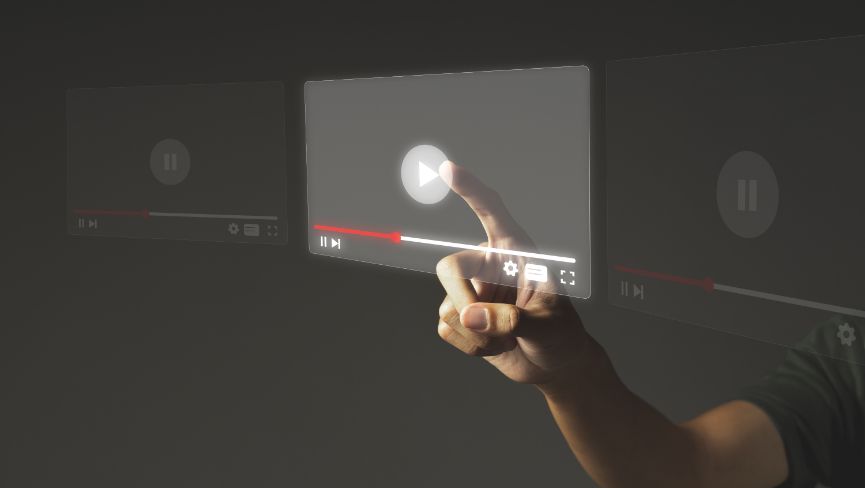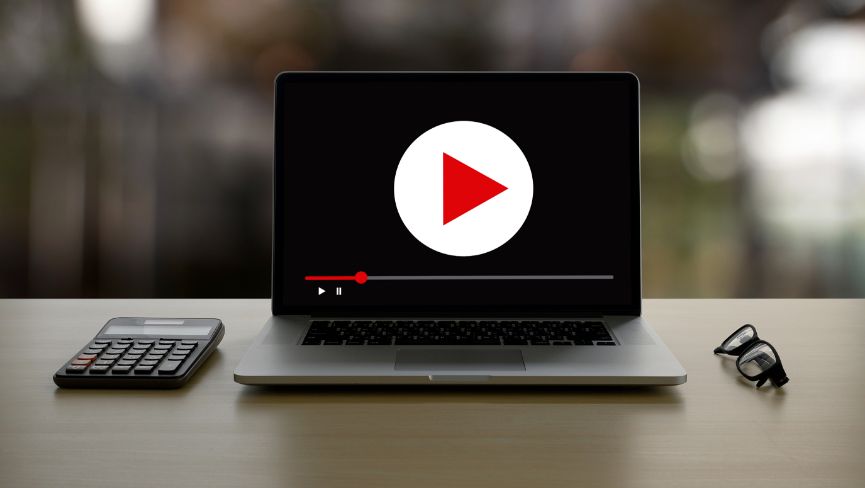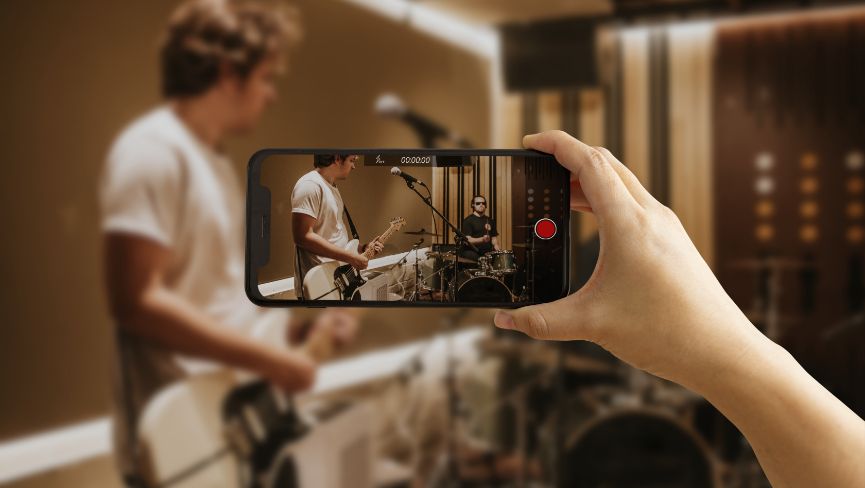
Realize The Marvels Of AR, VR And MR with Immersive Media Technologies
Video streaming is continuously expanding its legs in the modern era. Do you know that the brands will spend $100 billion on video content by 2023? This number has already reached $90 billion in 2018. This streaming seems fascinating. But do you know the real complexity and protocols behind streaming these videos?
It is because of these video streaming protocols that make it possible to deliver and play the videos. If you want to increase the effectiveness of video streaming services, then it is necessary to understand the streaming protocols list thoroughly. So let’s dive in to explore every detail and element of video streaming protocols.
What is a Video Streaming Protocol?
Before analyzing every real-time streaming protocol, you should understand what video streaming protocols are. Video streaming protocols are the rules and regulations that illustrate how data should float over the internet from one system to another. Minor layers of protocols form the real-time streaming protocol stack.
Video streaming protocols are often misunderstood as codecs. It is completely two different units. Codec compresses the video files, which takes up more space in a system. On the other hand, streaming protocols allow playing the video and dividing it into smaller parts, and then transferring it all over the internet.

Different protocols have different pros and cons. For instance, some streaming protocols carry latency problems while streaming. At the same time, some streaming protocols provide adaptive bitrate streaming, which can improve the video streaming quality according to network situations, particularly over HTTP networks.

How to Choose Right Video Protocols for Your Stream?
Since every protocol has different goals and benefits, choosing the right one for your stream can be tricky. However, it would be easy for you if you consider the following factors before selecting the streaming protocols:
- Latency– Latency leads to a poor video experience for users. So choose the protocol which is free of latency issues. Scalable
- Adaptability– Search for protocols that adapt to inadequate network conditions and still provide a fast user experience.
- Meet the requirements– Choose the protocol according to the stream, which fulfils every requirement and provides video on demand.
- Provides overall quality experience– streaming protocols that are compatible and supportive and can accommodate adaptive bitrate streaming, delivers playback support, and fulfil codec requirements.
Traditional streaming protocols often lack the required streaming features. But nowadays, modern streaming protocols are available with all the above features to enhance the stoner’s video experience.
Video streaming protocols comparison
The six major types of streaming protocols include:
01HTTP Live Streaming (HLS) Protocol
The most popular streaming protocol is the HLS video streaming protocol. HLS video streaming is adopted by many popular devices, including iOS and Apple. It has huge playback compatibility, and it also supports ABS.
02Secure Reliable Transport (SRT)
SRT event streaming protocol is committed to functioning in even poor network conditions. Developed with Wowza and Microsoft technology experts, SRT is seen as a competitive protocol for RTSP and RTMP.
03Web Real-Time Communications (WebRTC)
One of the modern and best streaming protocol solutions, WebRTC low latency streaming, is gaining popularity nowadays. It is because it supports excellent low latency streaming specifically for audio and peer-to-peer video sharing.
04Real-Time Streaming Protocol (RTSP)
RTSP streaming is, however, not so popular. Nevertheless, it still has various applications. Its low latency quality makes RTSP streaming compatible with entertainment and communication streams. RTSP streaming is also consistent with IoT gadgets, drone streaming, and surveillance systems.
05MPEG-DASH
MPEG-DASH is also known as an excellent alternative for HLS. The only disadvantage is that it doesn’t support Apple devices. However, it is compatible with many other devices and also supports ABS.
06Real-Time Messaging Protocol (RTMP)
RTMP live stream developers are Adobe and Macromedia. It is made to provide users with a low latency RTMP live stream video experience.
Here is the video streaming protocols comparison chart based on their features:
| Types of streaming protocols | Features | |||
| Latency | Scalability | Video quality | Adaptive bitrate streaming | |
| HLS | High | High | High | Yes |
| SRT | Low | Low | High | Yes |
| RTMP | Low | Low | Low | No |
| RTSP streaming | Low | Low | Low | No |
| MPEG-DASH | High | Low | High | Yes |
| WebRTC | Low | Low | High | Yes |
Hence, this was the complete video streaming protocol comparison. Now you can choose the protocol per your features and requirements preferences.

Is video streaming TCP or UDP?
Which one should you select? The transmission control protocol(TCP) or User Datagram Protocol (UDP). UDP is generally used for video streaming platforms where the only requirement is rapid communication. Little packets or frames between communication are valid. But TCP is used for video streaming platforms where not even a single packet or frame is acceptable. Digital platforms such as Hulu or Netflix adopt TCP because they can’t accept the frame’s delays.TCP takes over web browsers and HTTP and does not require additional software and plugins for streaming. Similarly, multicast tape conferencing and TV streams also uses TCP for the same reason.
Which protocol is used by YouTube?
YouTube uses a real-time messaging protocol (RTMP) for video streaming. RTMPS is the extended version of RTMP used nowadays. RTMP removes all the barriers between viewers and content creators and provides a high-quality user video experience. It encompasses all units, including video, control signals, audio, and playbacks from the creator, successfully transferring everything to YouTube’s main servers and, finally, to the viewers.


Wrapping up.
Consequently, this was all about the video streaming protocols. You are now aware of what video streaming protocols are, their types, features, and about TCP or UDP. You also get additional information on the kind of streaming protocol by big Youtube uses. Since you are familiar with every single detail of streaming protocols, now you can choose one which can fit your stream and requirements.


